(September 23, 2021) The IMF recently forecast that India is emerging as one of the fastest growing major economies in the world. While that is certainly a reason to cheer, there is a scenario that one can’t ignore – the damage to the economy due to the pandemic has had far reaching effects. Over 230 million individuals fell below the national minimum wage poverty line, according to a report by the Centre for Sustainable Employment at Azim Premji University (APU). And it is to address issues such as the widespread poverty in India that individuals like 42-year-old Atul Satija, founder of The/Nudge Foundation and founder 2.0 of GiveIndia, have been working towards poverty alleviation.
In his LinkedIn profile, Satija writes, “Every human being can live a dignified life out of poverty, and it’s well in our collective means to achieve that goal. Within our lifetime.” A philosophy he deeply believes in and has been working towards ever since he gave up a 17-year-long career in the corporate sector to dive headlong into social entrepreneurship.
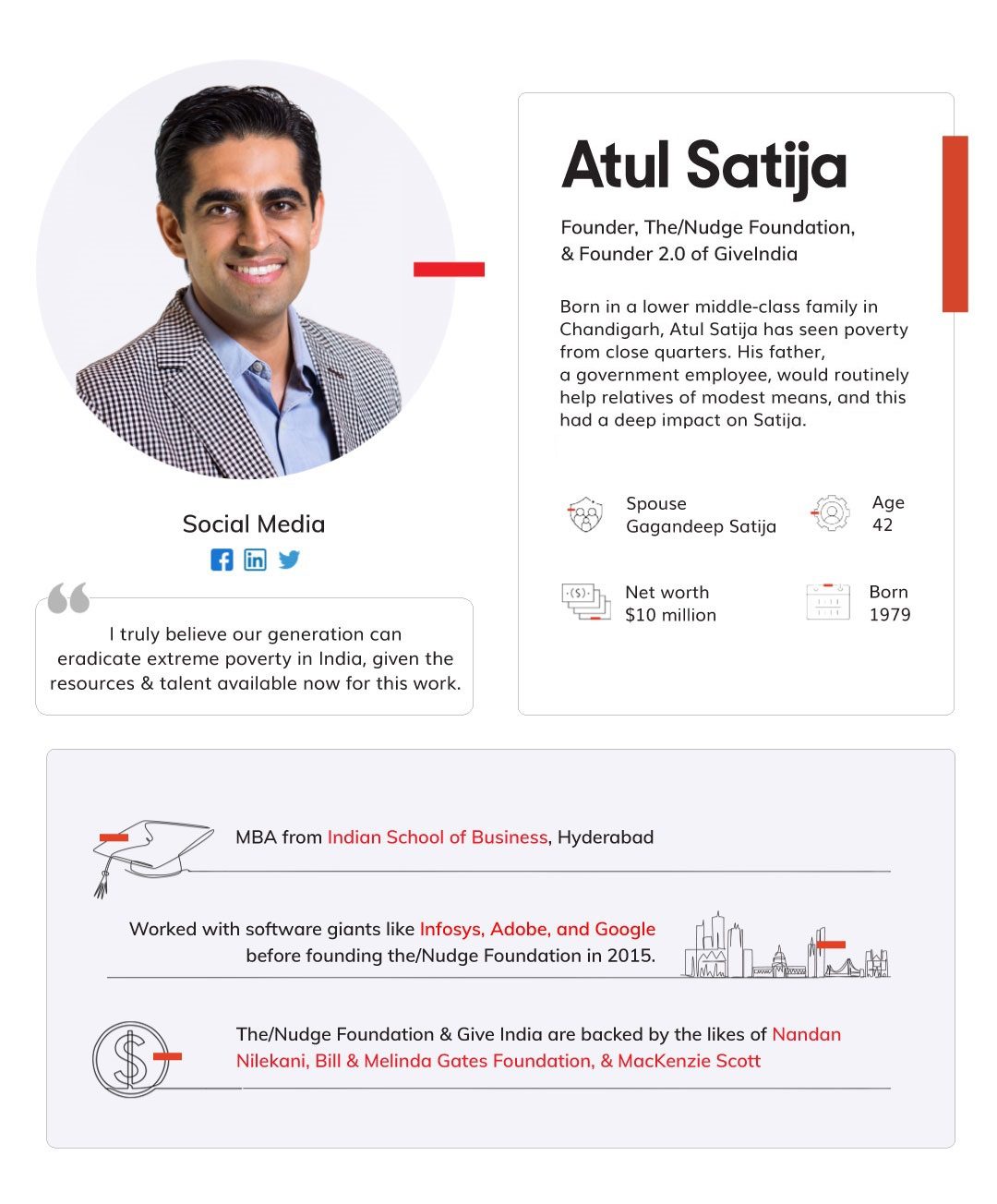
Humble beginnings
Born in a lower middle class Chandigarh home, Satija grew up watching his government employee father and school teacher mother go out of their way to help extended family who were of modest means. The family’s financial status made Satija want to study well and earn good money, but his father’s outlook also inspired him to help people. So, after graduating in engineering from the National Institute of Technology, Satija worked with companies such as Infosys and Samsung before doing his Masters from Indian School of Business. He then worked with Adobe for two years before joining Google as the head of business development first in India and then for the Japan and Asia Pacific markets. In 2010 he moved to San Francisco to join InMobi as its Chief Business Officer where he helped scale the organization from a small startup to a global leader in mobile advertising.
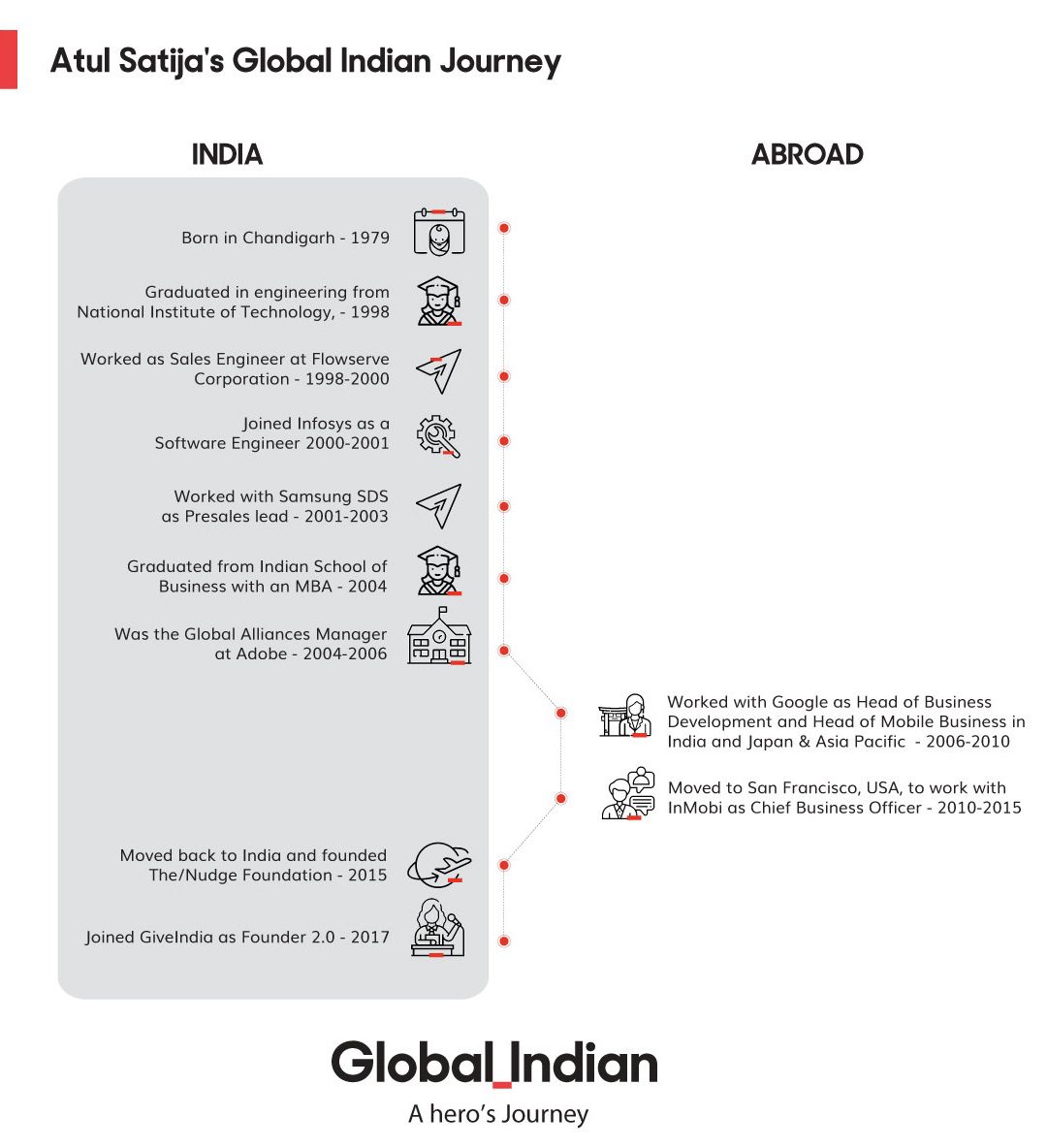
When the social sector beckoned
Throughout his career though, Satija would make it a point to volunteer during the weekends with a nonprofit in Gurugram. But it never felt enough. “I was working with Google then. Few months into volunteering, I realized it was the social sector that I wanted to work in over the long term – I was looking for meaningful work and potential for impact,” he told the Global Indian in an exclusive chat.
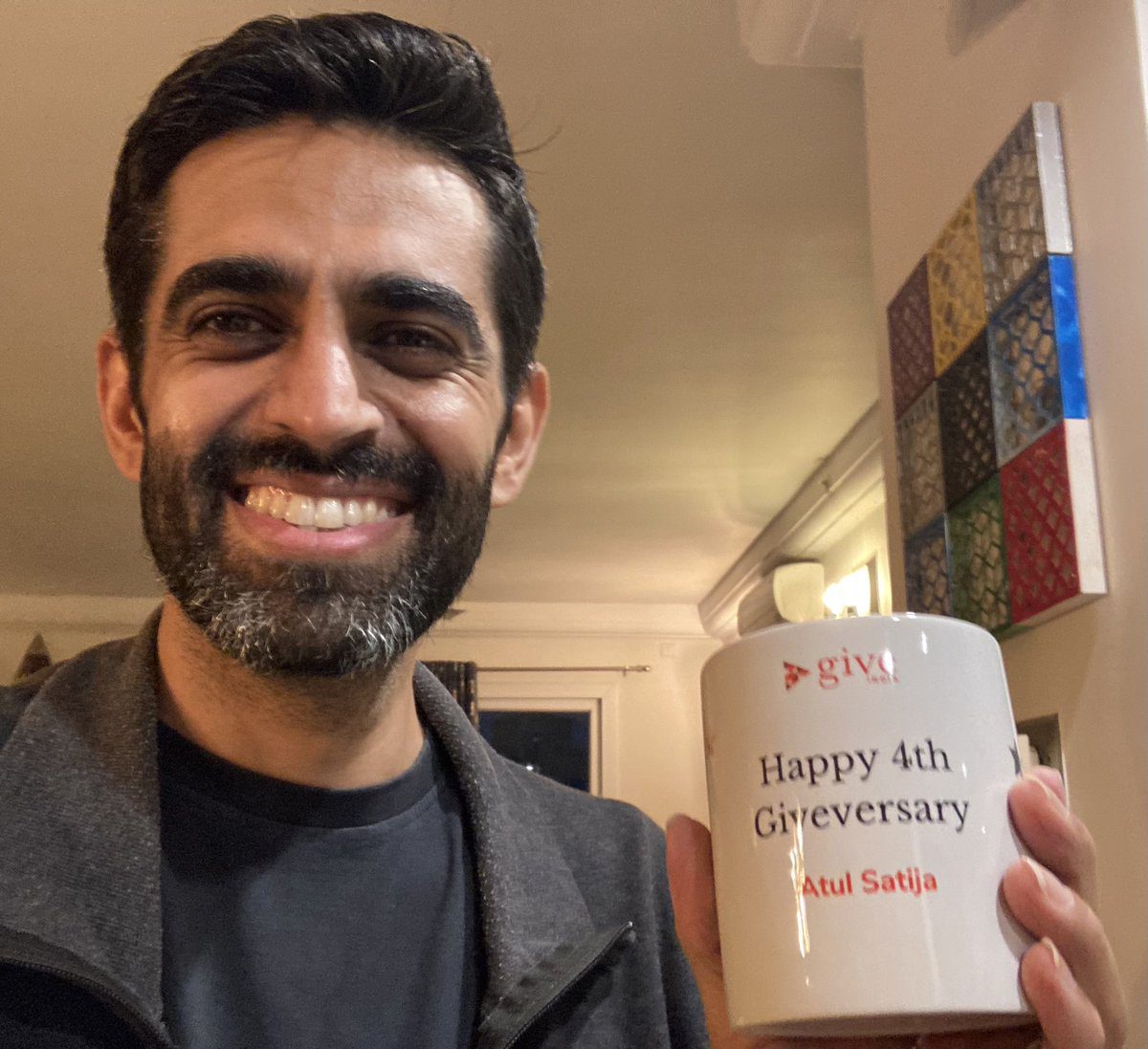
Atul Satija
He found that his weekend volunteering kept him from contributing to society as much as he’d wanted to. By 2015, he had quit his corporate job to set up his own startup in the social sector space. “In 2015, I started my journey with The/Nudge Foundation to work towards poverty alleviation,” he says, adding, “The journey has been challenging, understanding the layers of the development sector, grassroot realities and then creating innovative solutions to reach our goals. The journey has also been one of purpose, meaning and satisfaction. I truly believe our generation can eradicate extreme poverty in India, given the resources and talent available now for this work.”
A journey that fulfills
When he began his journey with The/Nudge, Satija spent a few months working with various communities across Bengaluru and Delhi and narrowed down on skill development through gurukuls as their first intervention area. They then began looking for grants, which is when Nandan Nilekani, former CEO of Infosys, supported them with a seed grant of $200,000. “Being our very first grant, it was an important milestone for the entire team. This was quickly followed by a series of partners coming forward to support our work including Mphasis, Cisco, Tata Trusts etc. Similarly graduating the first batch of 45+ students from our Gurukuls with 100% placements was also something that reinforced our approach and belief, and allowed us to stay focused in growing both our programs and impact aspirations,” says Satija.
In 2017, Satija and Venkat Krishnan, founder of GiveIndia, happened to have a conversation where they discussed working through funding challenges that nonprofits face through a tech platform. The two realized their goals and visions were aligned and soon Satija was brought on board as GiveIndia’s Founder 2.0. “The work at both The/Nudge Foundation and GiveIndia is for the larger purpose of poverty alleviation but the approaches are very different and complementary in India’s development journey,” explains Satija.
An evolving philanthropic culture
Over the years though, Satija has seen philanthropy and the concept of giving back in India evolve. The pandemic has increased the scale of giving by organizations as well as individuals and foundations and philanthropists are now playing a crucial role in strengthening the work being carried out in the development sector. “Digitization has increased connectivity among people and communities. With digitization making giving convenient, donors have increasingly become more forthcoming. In the pandemic, people have given more than they did before. Additionally, the Corporate Social Responsibility laws requiring organizations to give 2% of their profits has increased donor participation in the societal challenges,” he says.
So far, The/Nudge has been working towards addressing livelihood issues but is also aware of other areas that need to be supported such as education, public health etc. “Poverty is a wicked problem – complex, multilayered and multifaceted. We are focused on livelihoods as our primary area of work, and look at solutions that tackle the income in the hands of the poor by providing skilling and job placement, financial security, and social mobility.”
Work during the pandemic
The past year has been about addressing the increased socio-economic concerns that the pandemic has raised. The need of the hour for the Foundation was to work towards efficient mobilization of aid to reach more and more of the needy population. “While GiveIndia has been working tirelessly to save lives, The/Nudge has geared huge efforts towards saving livelihoods and empowering the social welfare ecosystem, through its multiple initiatives across our three impact streams – Centre for Rural Development, Centre for Skill Development and Entrepreneurship, Centre for Social Innovation,” says Satija, adding, “We launched Asha Kiran, which aims to serve 5 lakh poor households by 2025. We launched Indian Administrative Fellowship, to aid influx of talent into the development sector and to influence public policy and strategy. We are supporting other Social Enterprises through our incubator/accelerator. Our skilling and employment program has gone online and witnessed more enrolments than ever before, to help in economic empowerment of youth.”
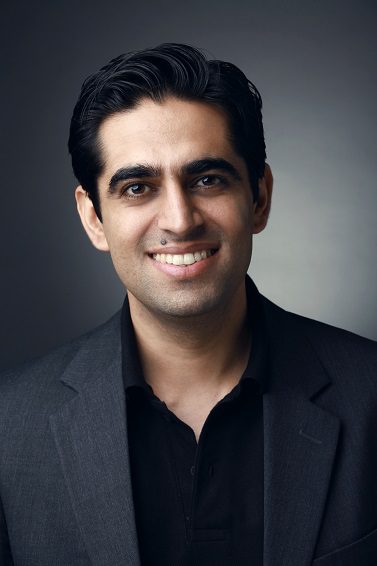
Atul Satija
In April 2021, GiveIndia relaunched its flagship giving collective that began in April 2020 – India COVID Response Fund (ICRF) to meet the rising demands of the second wave. The organization mobilized aid in the form of oxygen cylinders and oxygen concentrators to those in urgent need and help families in financial distress. “We also worked closely with several NPOs to deliver ration and food relief into the heart of communities where it was needed the most.”
During the second wave, GiveIndia’s ICRF managed to deliver:
- 40,000 oxygen concentrators and cylinders at hospitals and to individuals at homes
- 279 districts of 25 States and 2 UTs supported through oxygen intervention
- 50 oxygen generation plants are being installed across the country
- Over 87,000 diagnostic and wellness kits, 18,000 oximeters and 27,000 isolation kits were distributed
- 3.8 lakh people reached with meals and food rations
- Cash relief provided for over 3,500 families of Covid-deceased
Road map ahead
“Since the inception of The/Nudge, we have been able to impact the lives of over 10 million people through both our direct and indirect work across India. Over the next five years, we want to focus on playing a catalyst role in scaling solutions that work on the ground across rural and urban livelihoods. GiveIndia was formed with an aim to serve the poor of the country. The pandemic has helped us grow as a giving community and we look forward to helping the needy and poor by enabling giving back for both individuals and organizations, and making giving bigger and better,” signs off Satija.

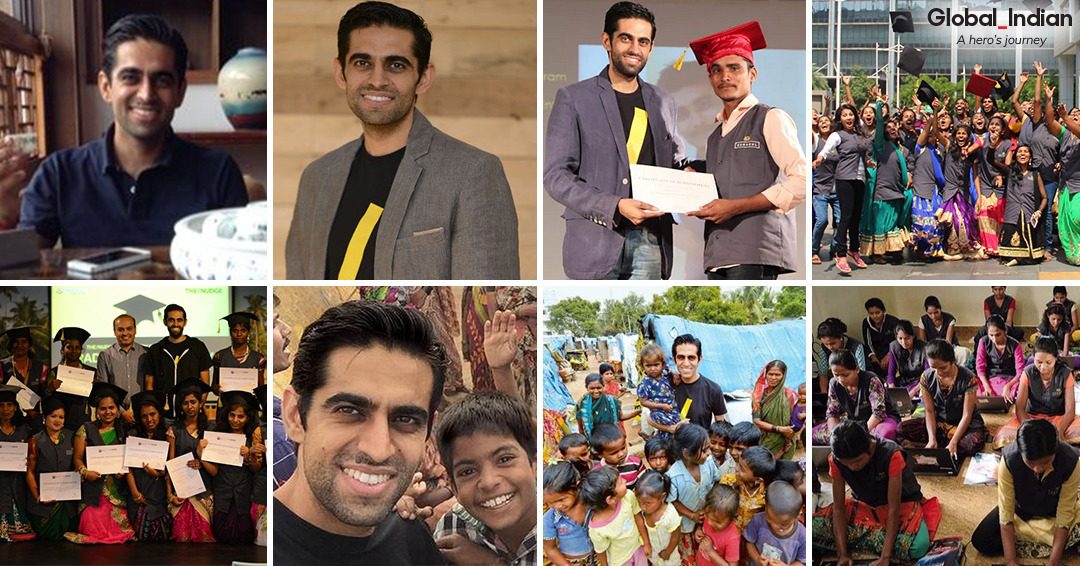


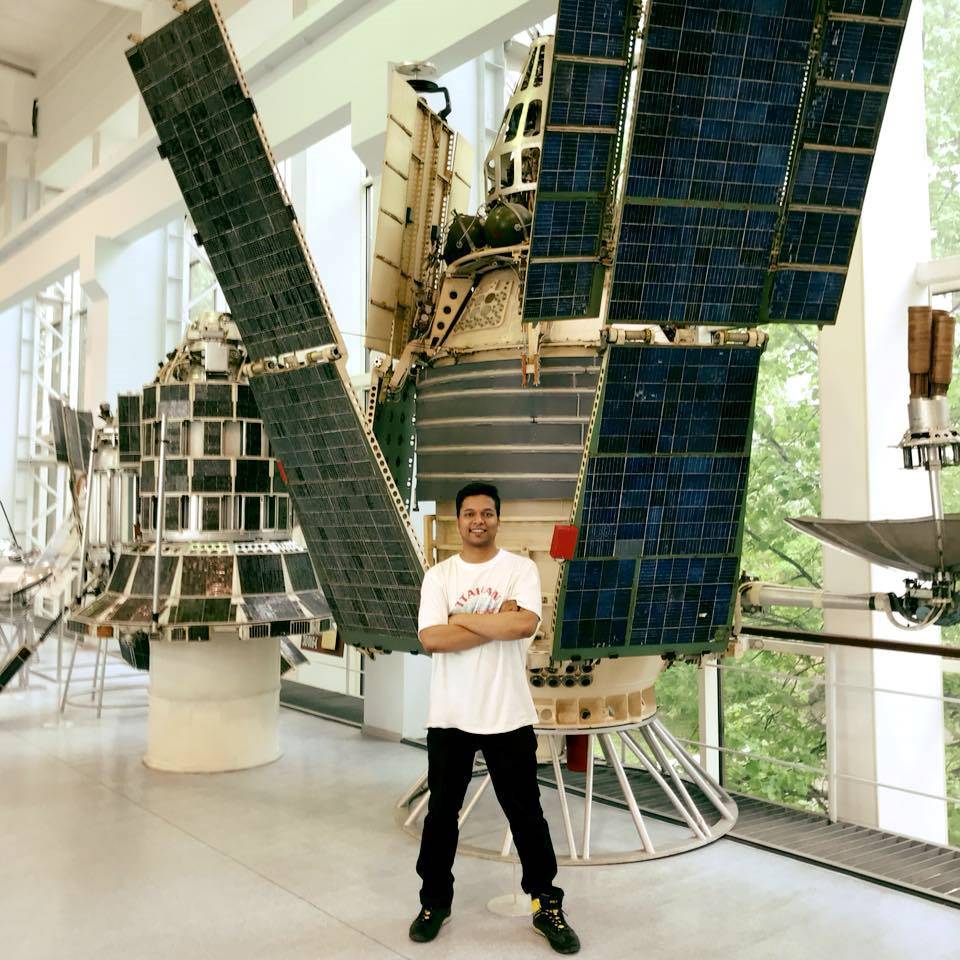 Dr Baraskar at the ROSCOSMOS Facility[/caption]
Dr Baraskar at the ROSCOSMOS Facility[/caption]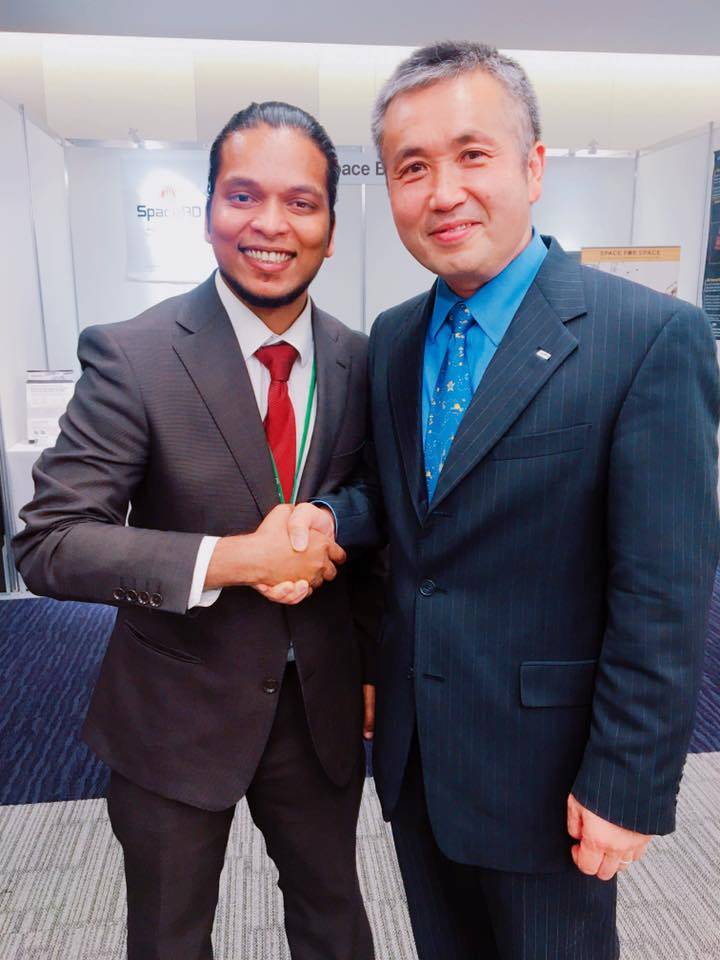 Dr Baraskar with Commander Astronaut Dr. Koichi Wakata[/caption]
Dr Baraskar with Commander Astronaut Dr. Koichi Wakata[/caption]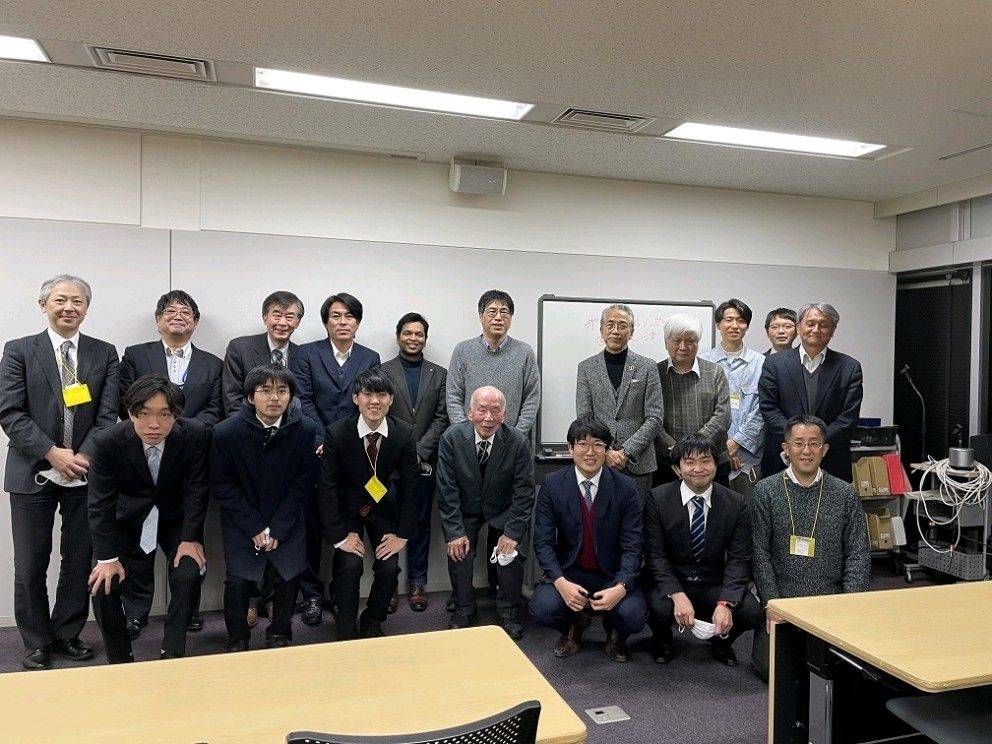 Dr. Baraskar with the Japanese Space Solar Power Society 2021[/caption]
Dr. Baraskar with the Japanese Space Solar Power Society 2021[/caption]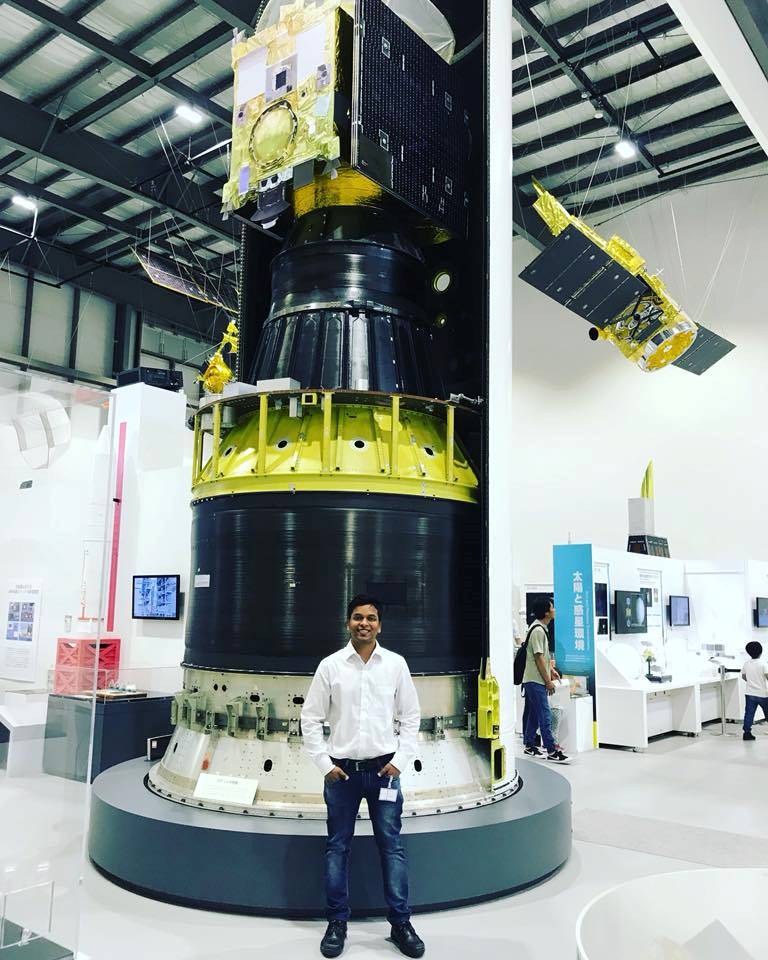 Dr Baraskar with Hayabusa 2, ISAS-JAXA Japan[/caption]
Dr Baraskar with Hayabusa 2, ISAS-JAXA Japan[/caption]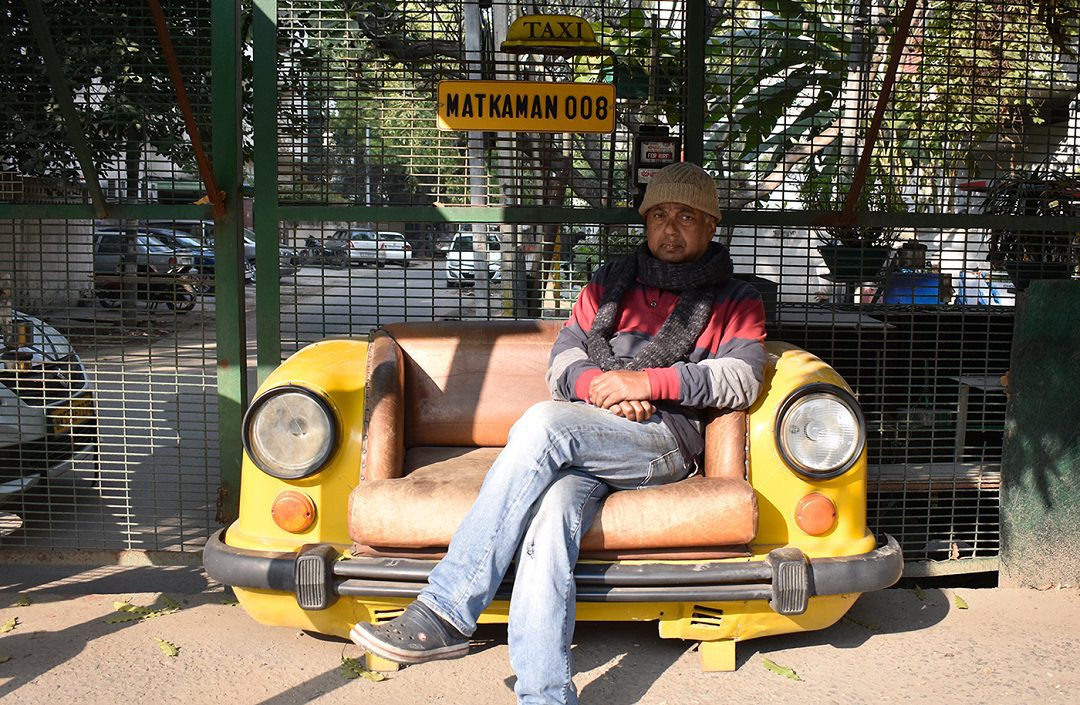
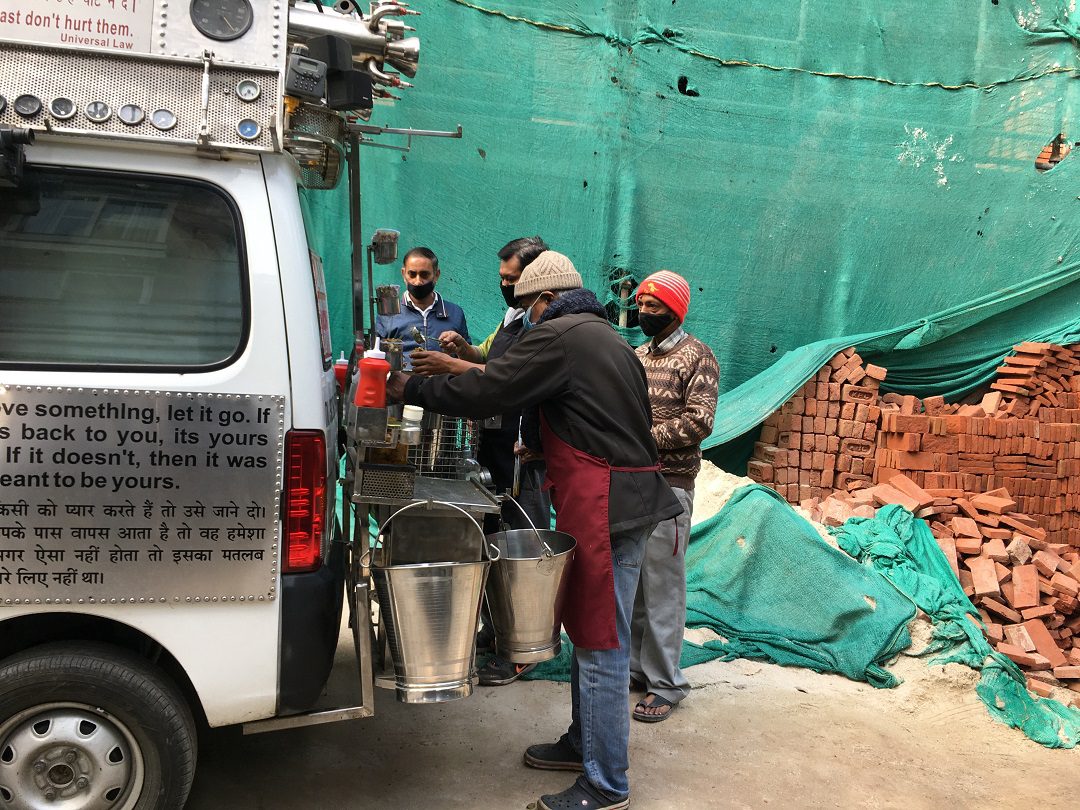 Matka Man distributing salad at construction sites.[/caption]
Matka Man distributing salad at construction sites.[/caption]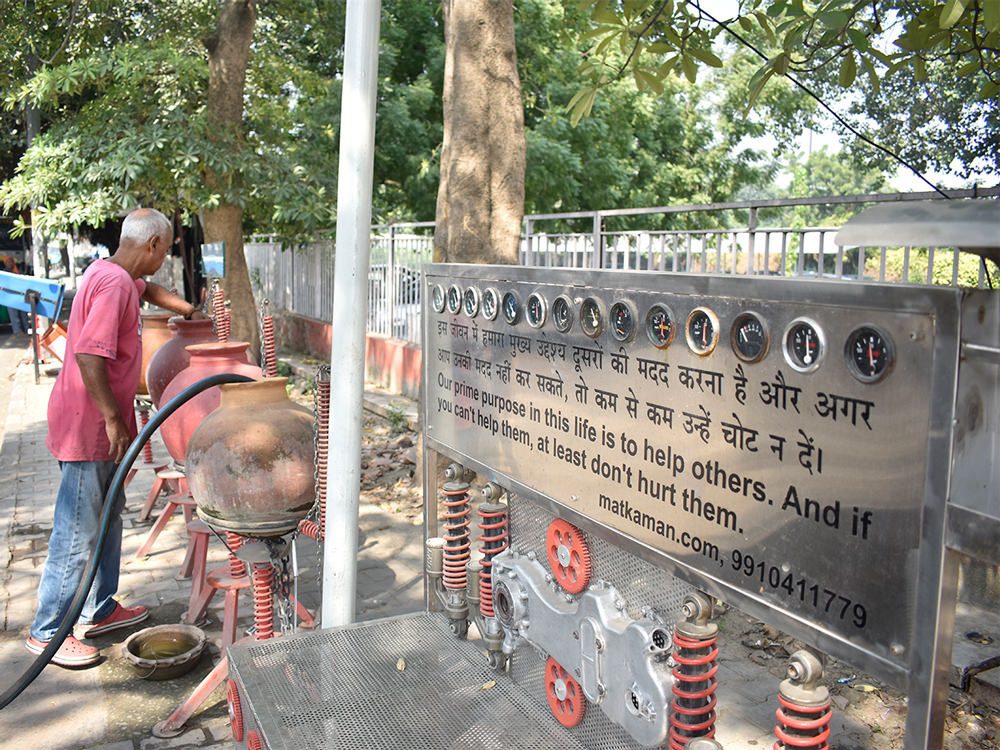 Matka Man filling water near a bench installed by him.[/caption]
Matka Man filling water near a bench installed by him.[/caption]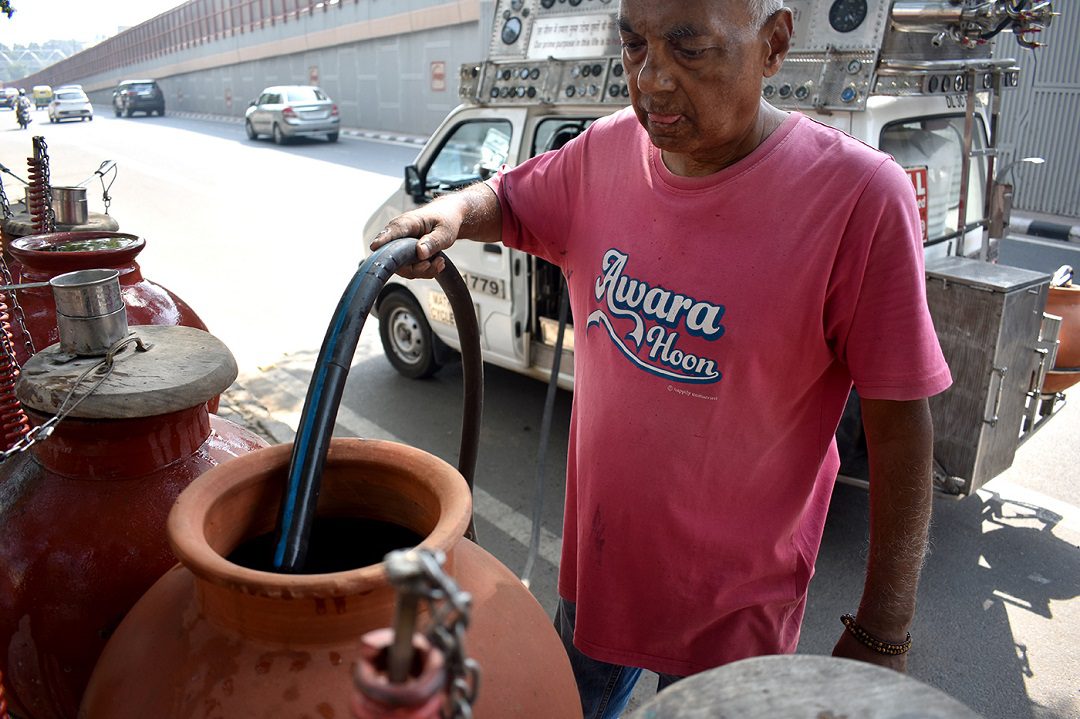 Matka Man filling up water at one of his matka stands.[/caption]
Matka Man filling up water at one of his matka stands.[/caption]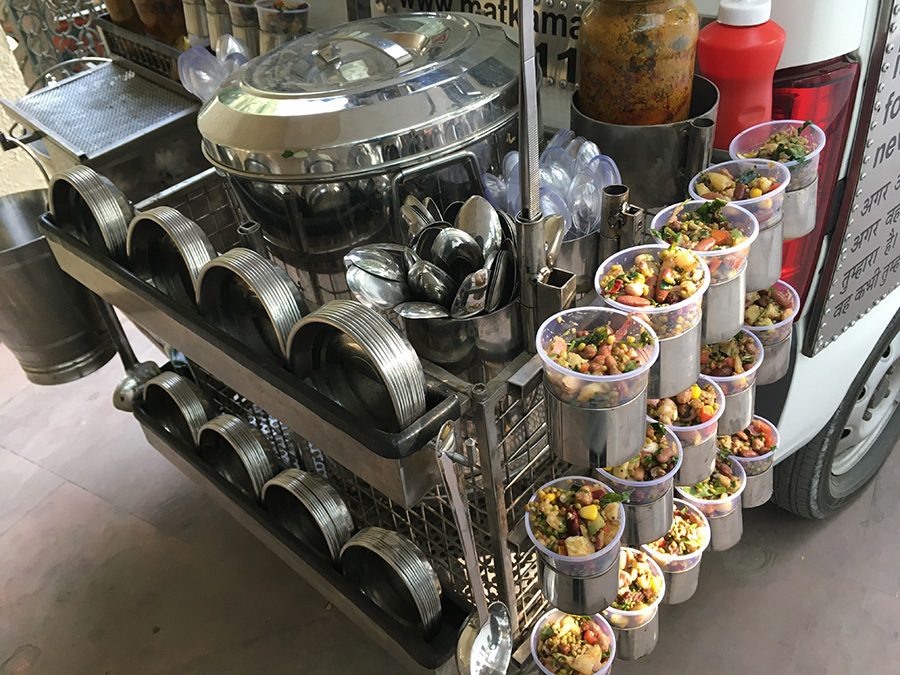 Matka Man's truck ready for salad distribution.[/caption]
Matka Man's truck ready for salad distribution.[/caption]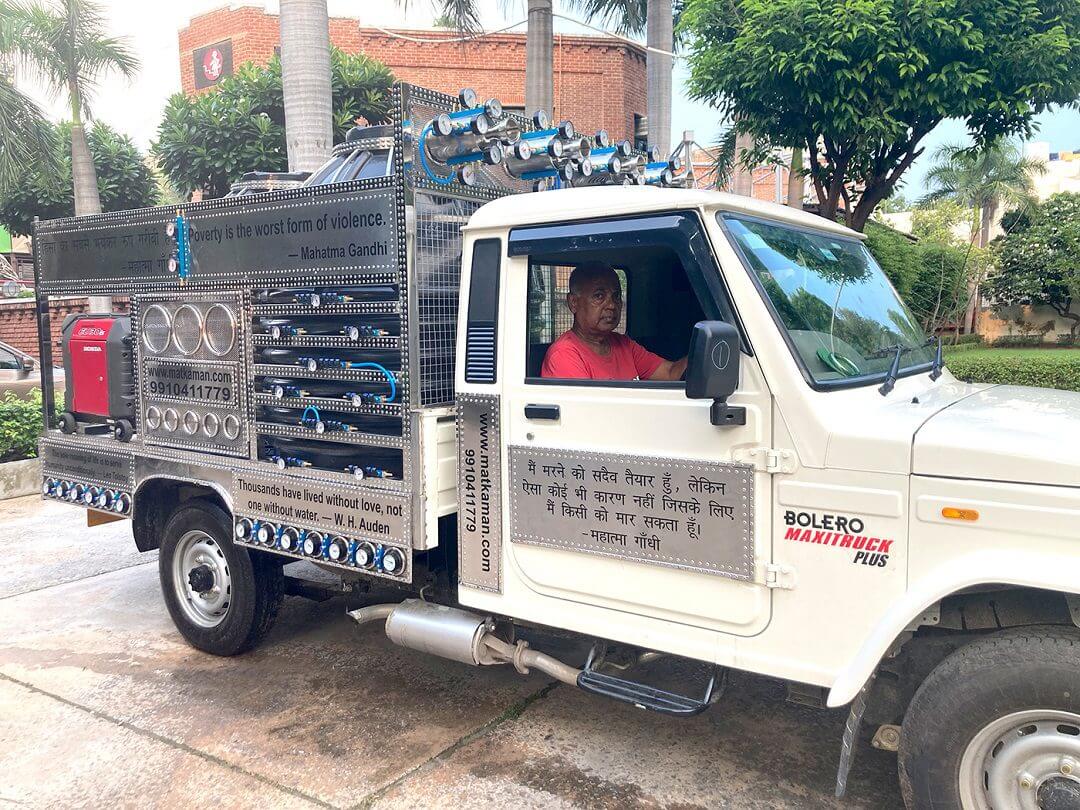 Matka Man driving his Bolero truck.[/caption]
Matka Man driving his Bolero truck.[/caption]

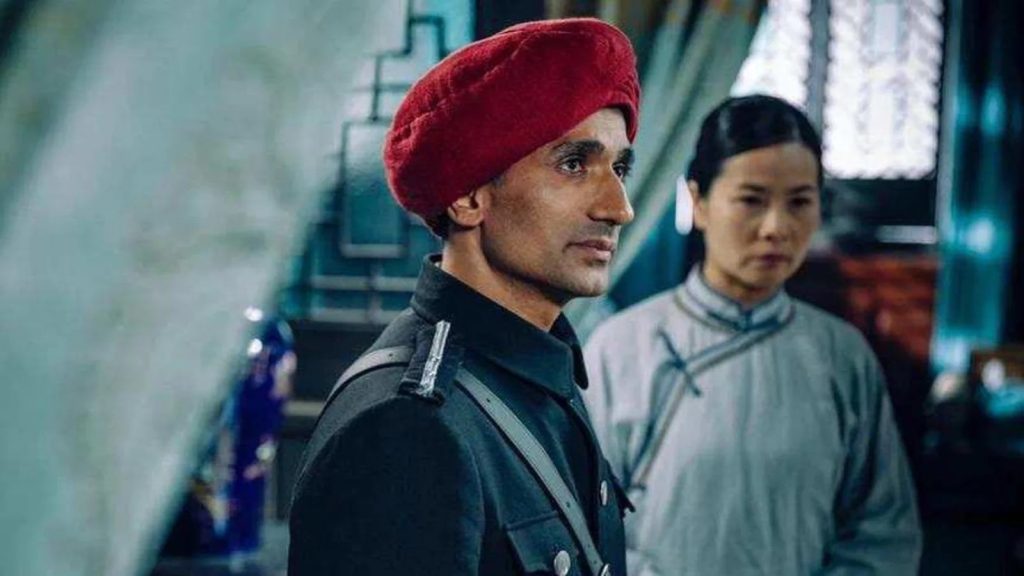
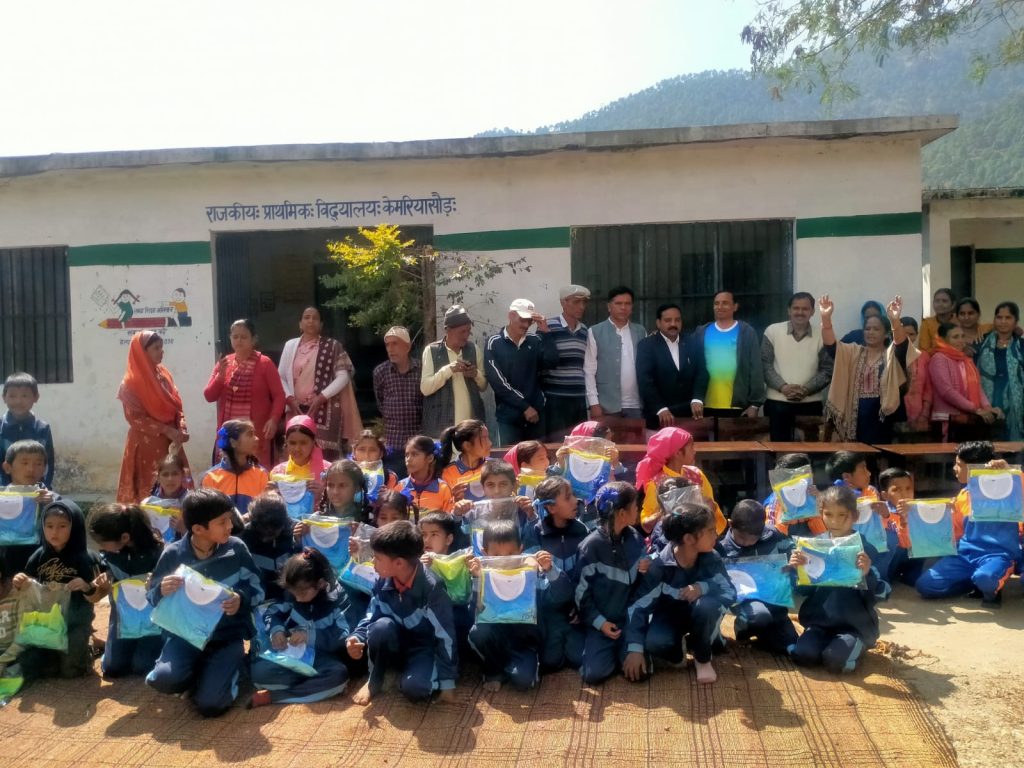 Raturi Foundation[/caption]
Raturi Foundation[/caption]
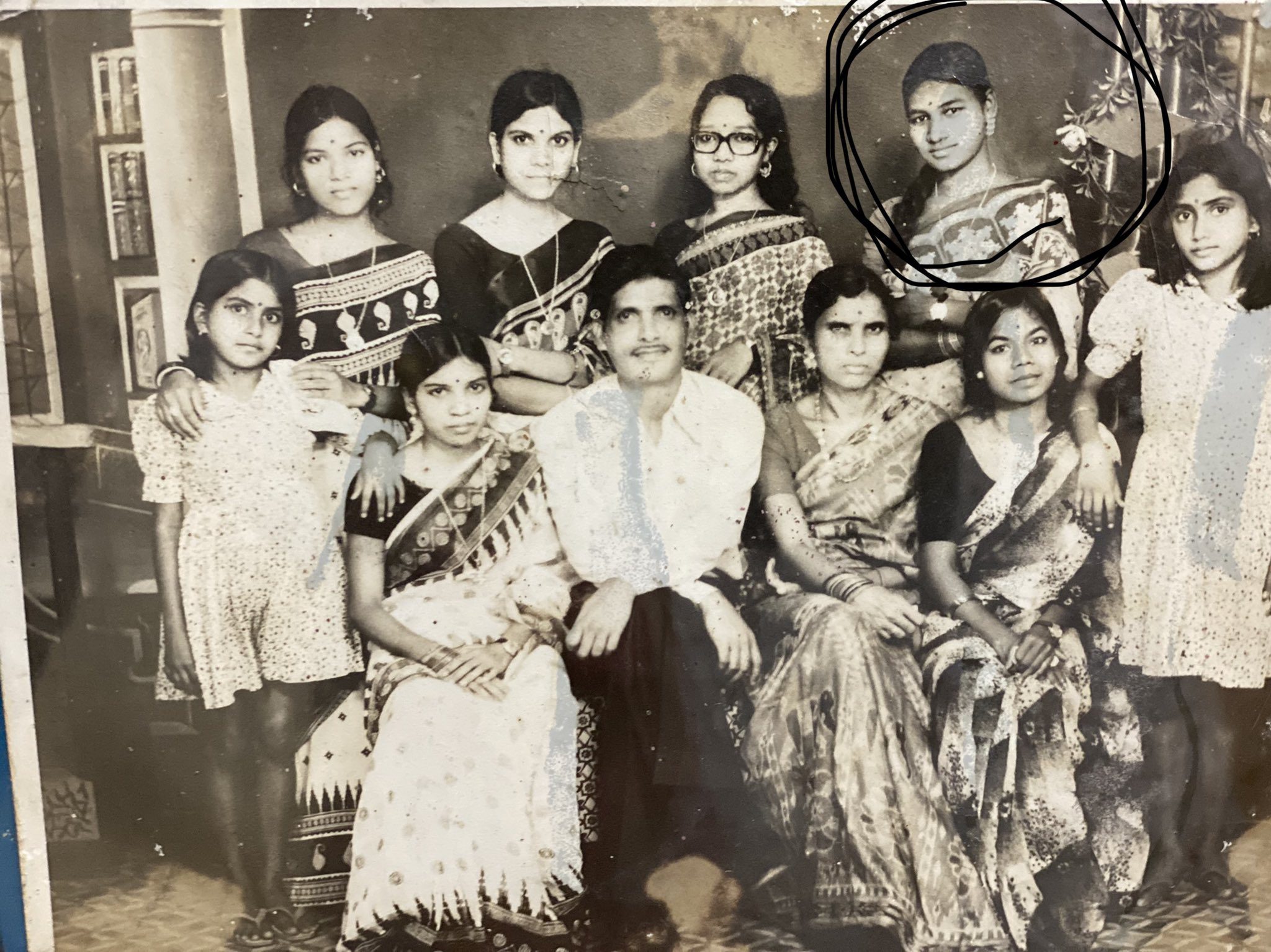 An old image of Tudu family. Droupadi Murmu can be seen standing second from right.[/caption]
An old image of Tudu family. Droupadi Murmu can be seen standing second from right.[/caption]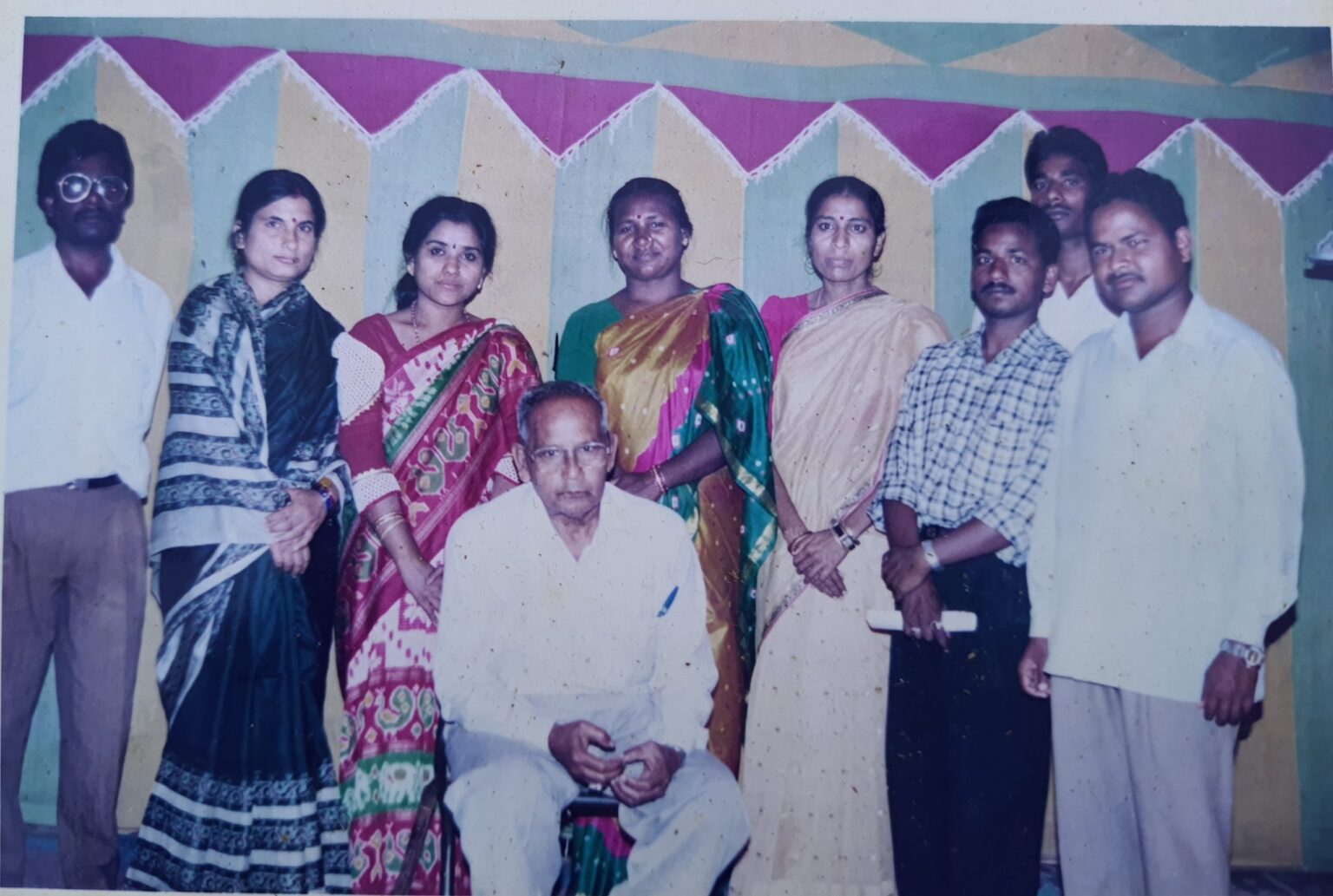 An old staff photograph of Integral School, Rairangpur. Droupadi Murmu is standing fourth from left[/caption]
An old staff photograph of Integral School, Rairangpur. Droupadi Murmu is standing fourth from left[/caption]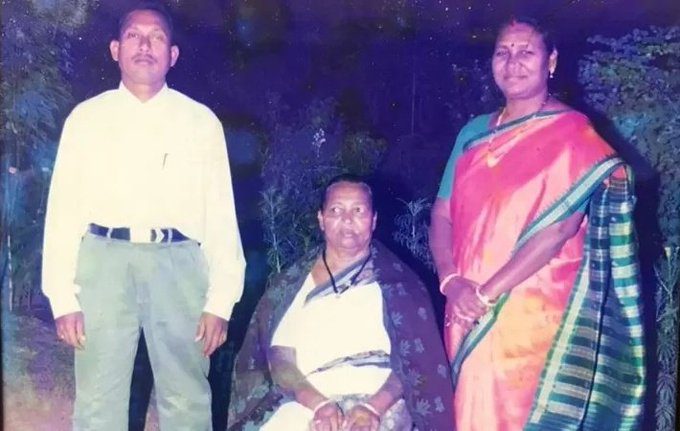 Murmu family[/caption]
Murmu family[/caption]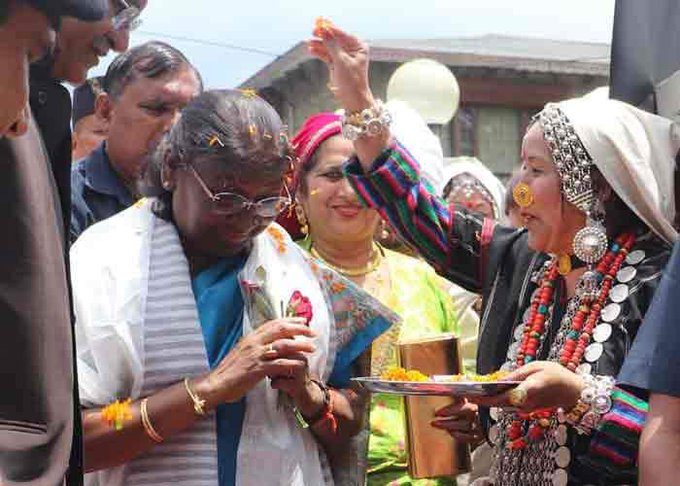 Droupadi Murmu during her presidential campaign[/caption]
Droupadi Murmu during her presidential campaign[/caption]
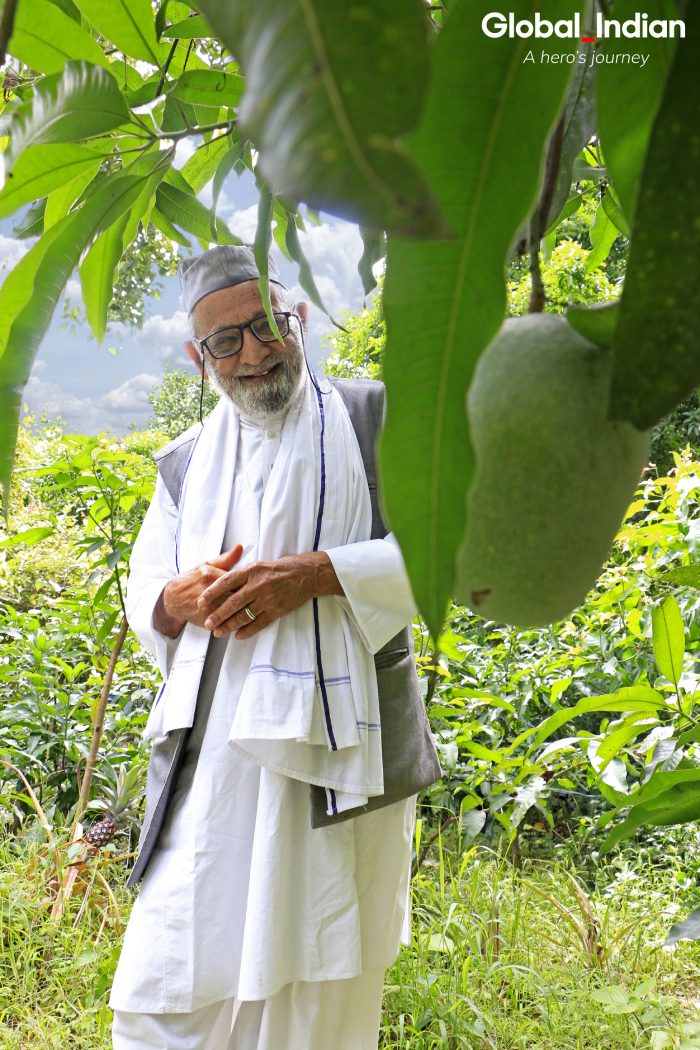 Kaleem Ullah Khan at his mango orchard in Malihabad. (Photo: Kinshuk Mehta for Global Indian)[/caption]
Kaleem Ullah Khan at his mango orchard in Malihabad. (Photo: Kinshuk Mehta for Global Indian)[/caption]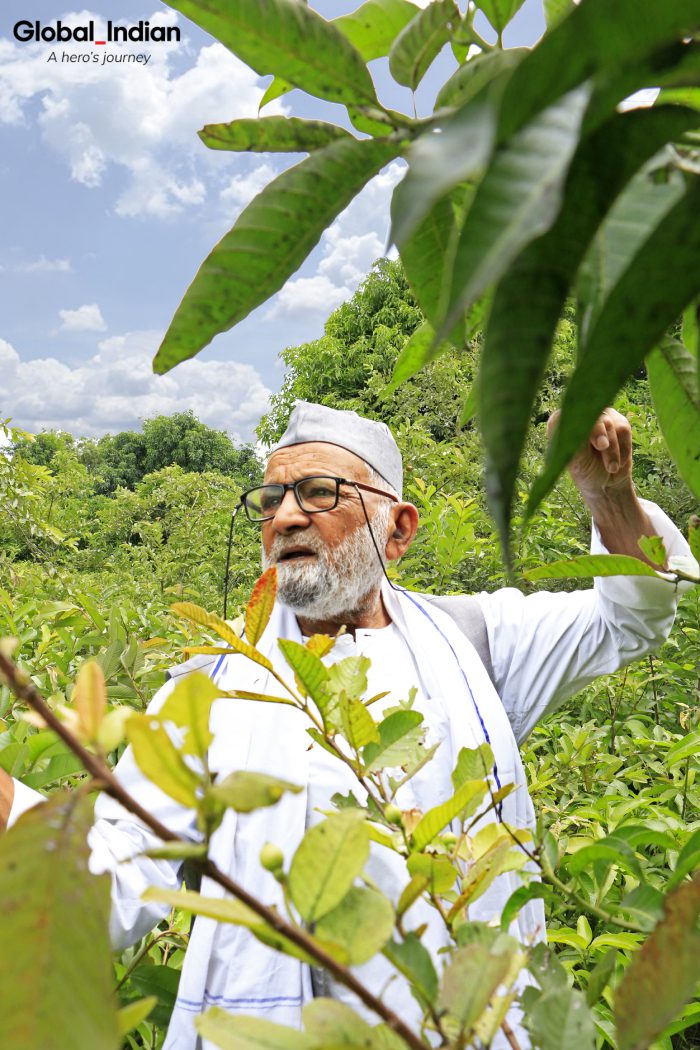 Kaleem Ullah Khan grows 300 varieties of mangoes. (Photo: Kinshuk Mehta for Global Indian)[/caption]
Kaleem Ullah Khan grows 300 varieties of mangoes. (Photo: Kinshuk Mehta for Global Indian)[/caption]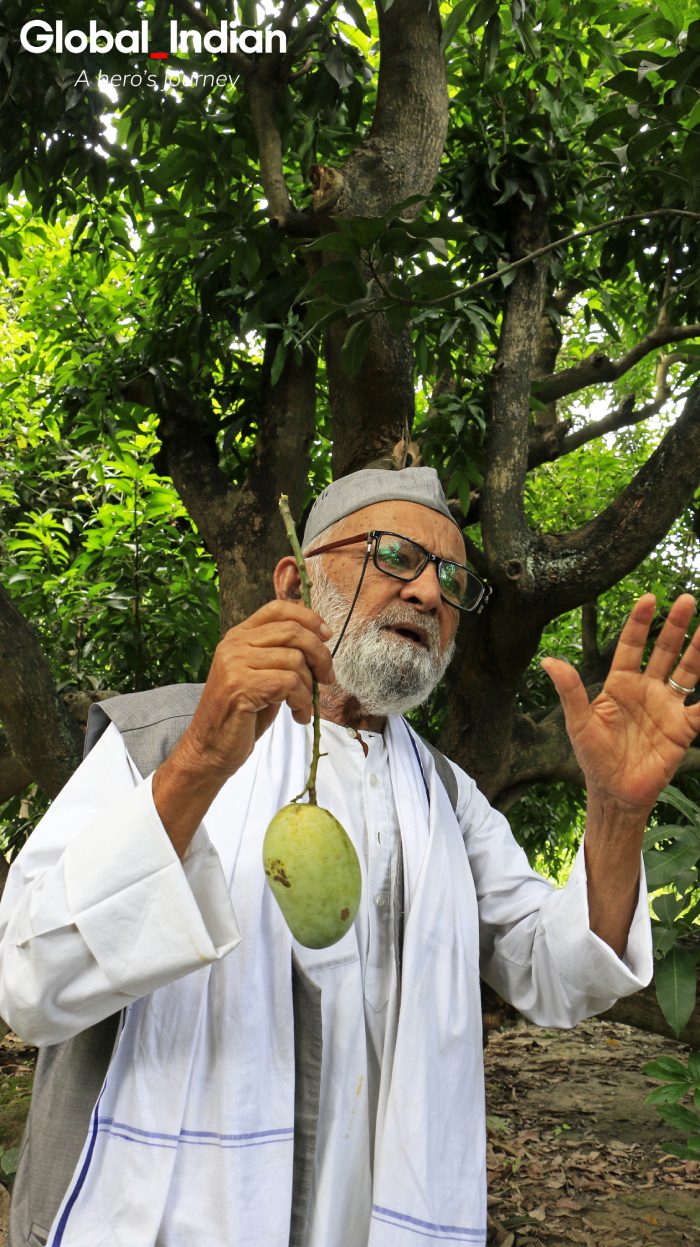 Kaleem Ullah Khan in front of his favourite 120-year-old tree. (Photo: Kinshuk Mehta for Global Indian)[/caption]
Kaleem Ullah Khan in front of his favourite 120-year-old tree. (Photo: Kinshuk Mehta for Global Indian)[/caption]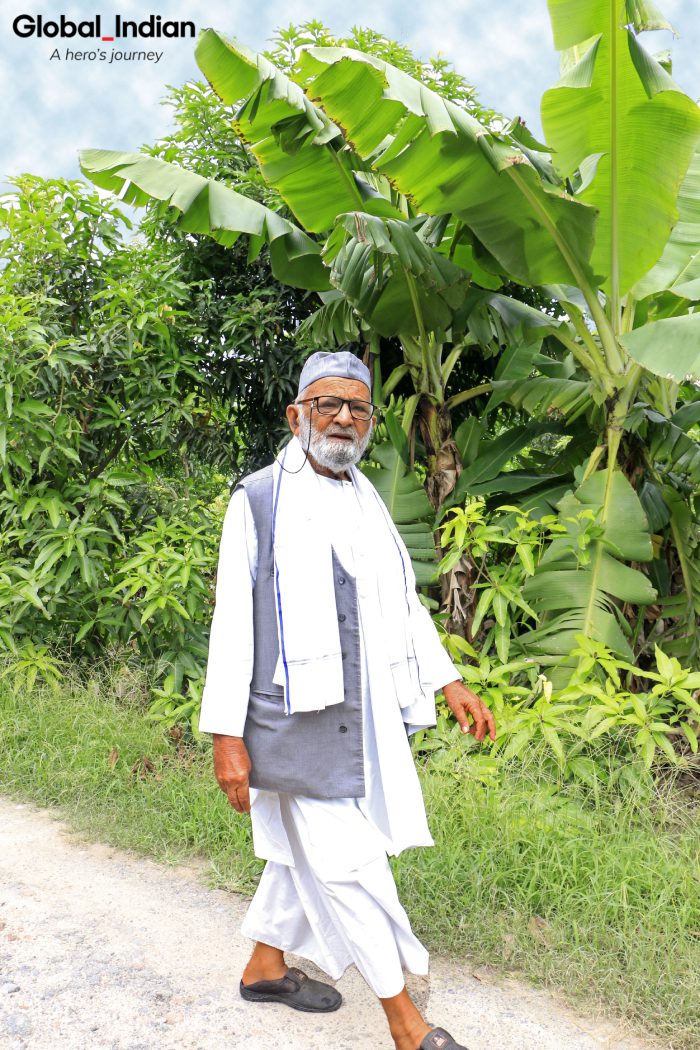 Padma Shri Kaleem Ullah Khan has put Malihabad on the global map. (Photo: Kinshuk Mehta for Global Indian)[/caption]
Padma Shri Kaleem Ullah Khan has put Malihabad on the global map. (Photo: Kinshuk Mehta for Global Indian)[/caption]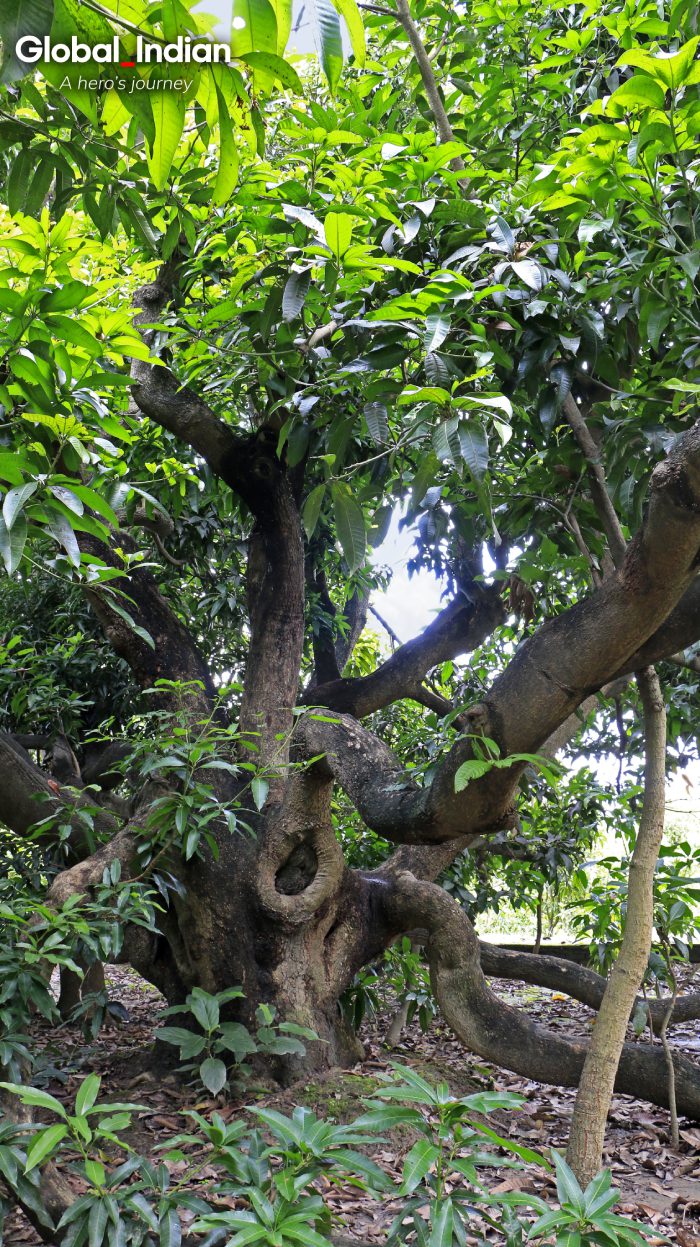 The 120-year-old tree that bears 300 varieties of mango. (Photo: Kinshuk Mehta for Global Indian)[/caption]
The 120-year-old tree that bears 300 varieties of mango. (Photo: Kinshuk Mehta for Global Indian)[/caption]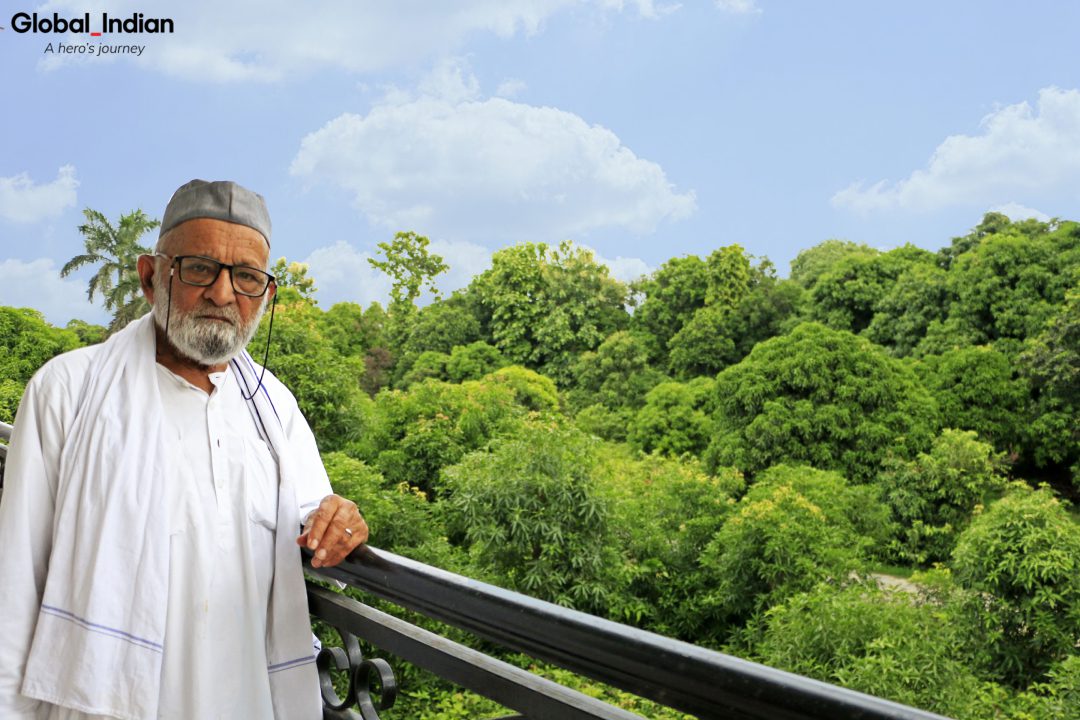 Kaleem Ullah Khan overlooking his orchard. (Photo: Global Indian)[/caption]
Kaleem Ullah Khan overlooking his orchard. (Photo: Global Indian)[/caption]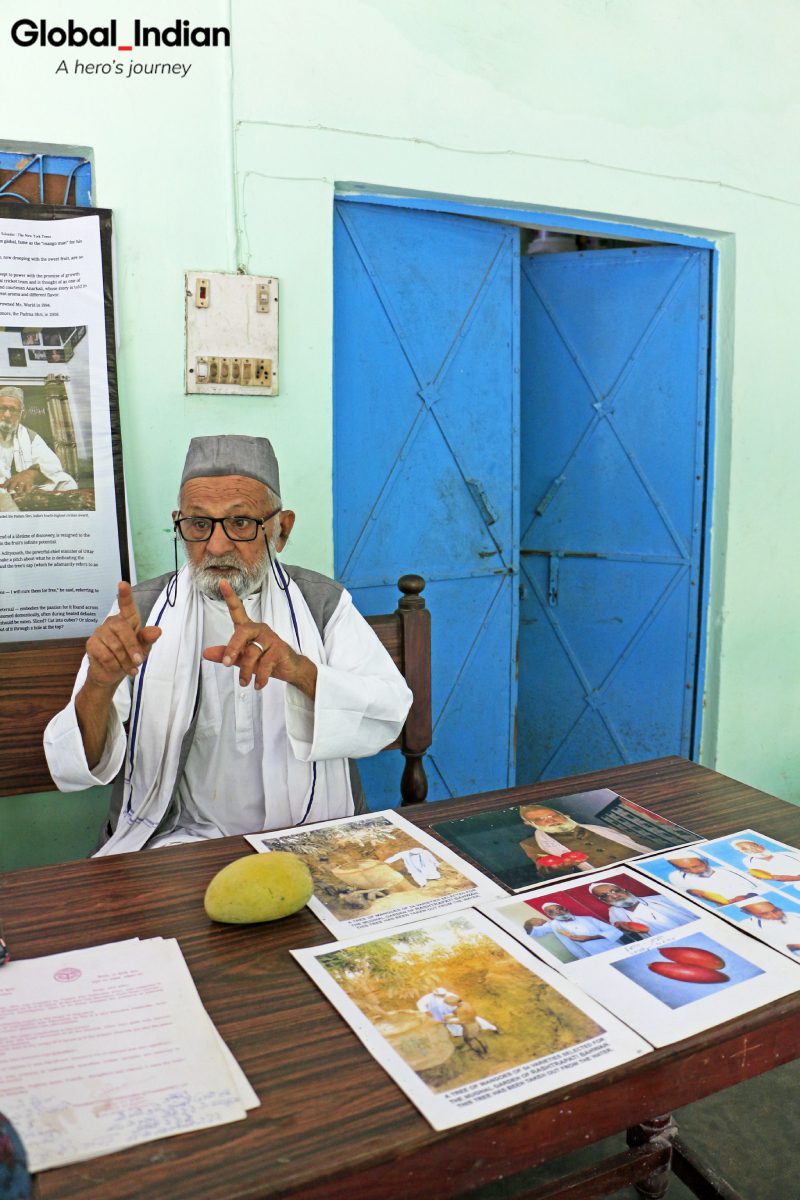 The Mango Man (Photo: Kinshuk Mehta for Global Indian)[/caption]
The Mango Man (Photo: Kinshuk Mehta for Global Indian)[/caption]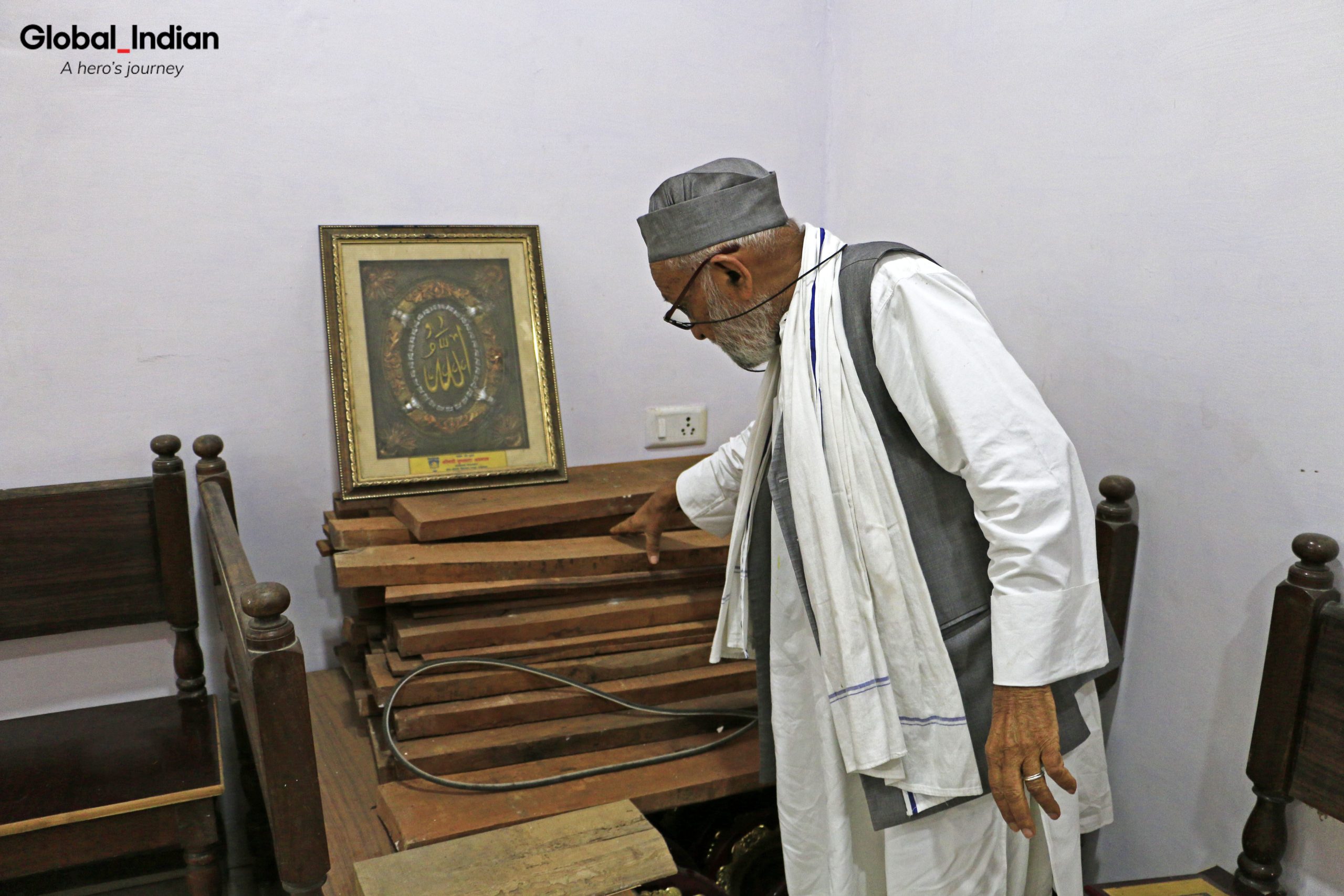 Kaleem Ullah Khan with a stack of mango tree wood. (Photo: Kinshuk Mehta for Global Indian)[/caption]
Kaleem Ullah Khan with a stack of mango tree wood. (Photo: Kinshuk Mehta for Global Indian)[/caption]
Inspiring!!!